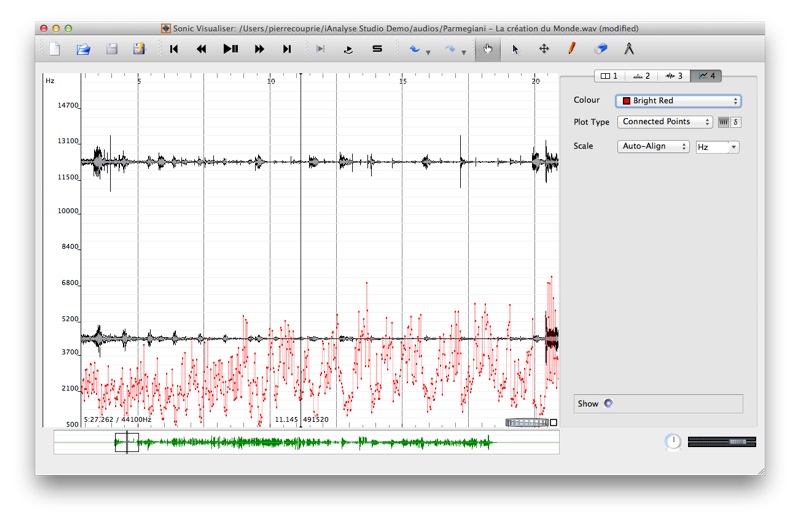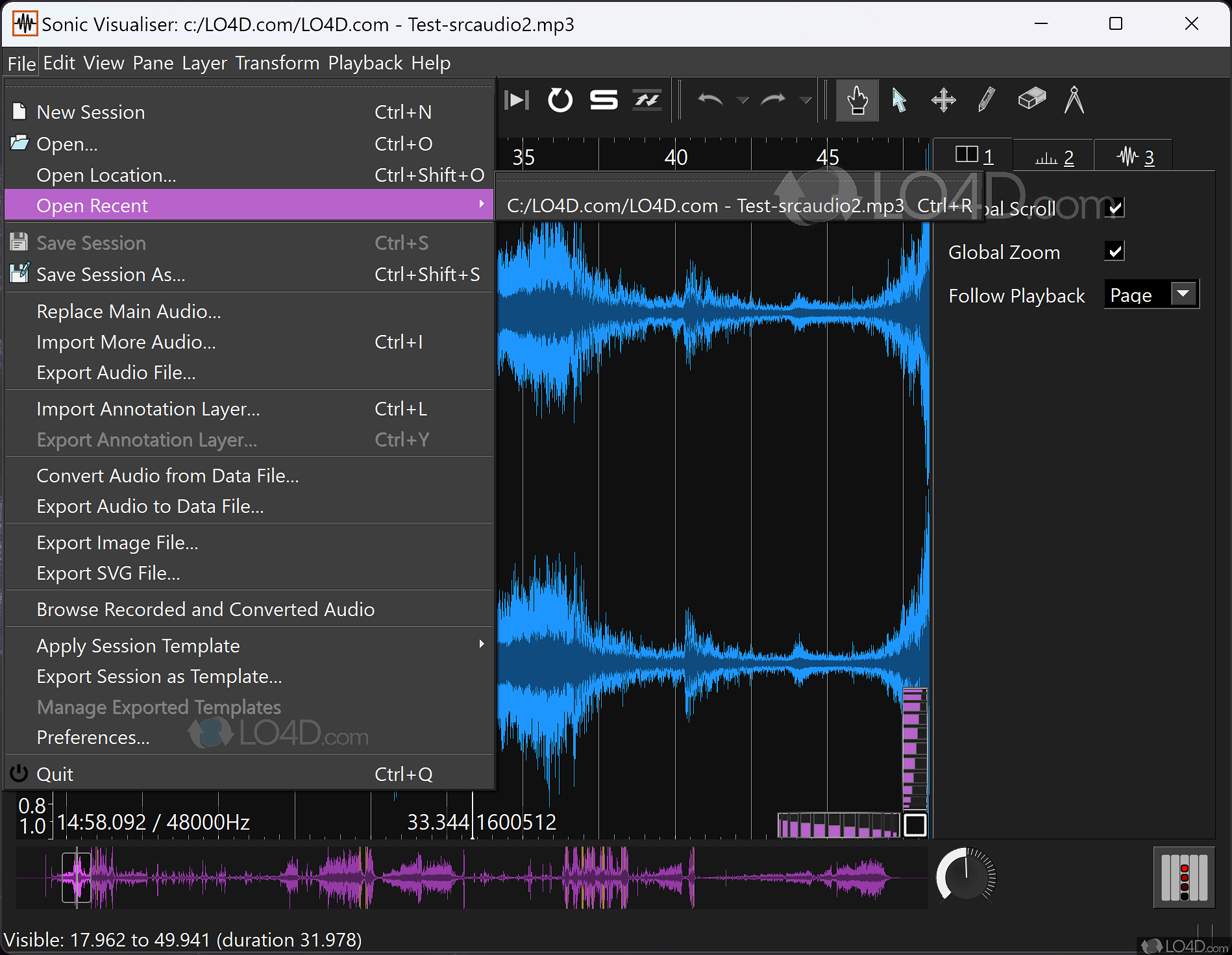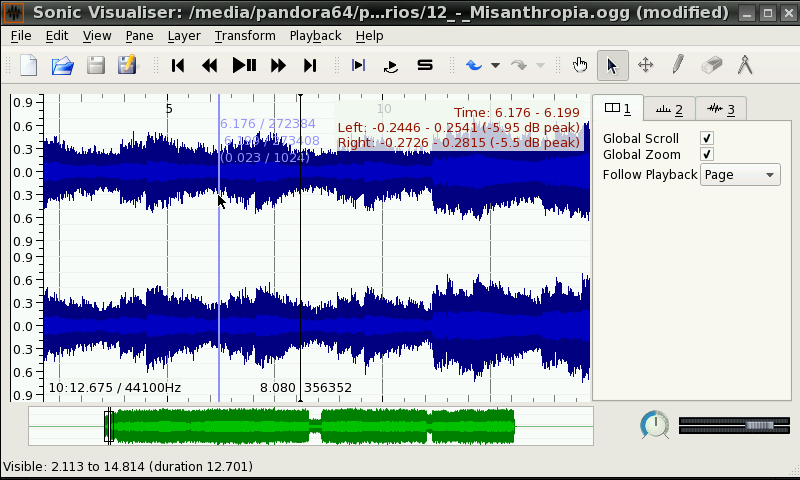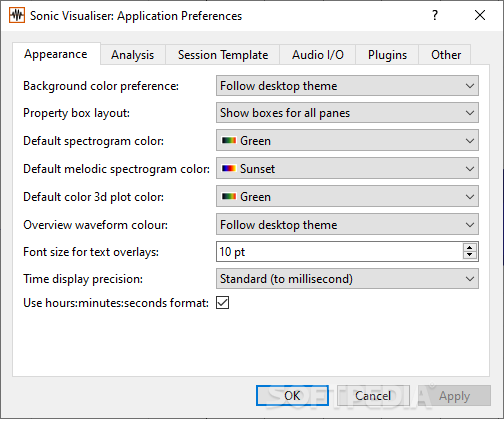


In comparison to existing sound labeling programs, our proposed system is simple, semi-automatic, visually transparent, and faster. We tested our annotation tool on cow sound samples collected in raw audio and video formats from a cowshed and the Internet. The annotation output is exported as plain text data which is not in need of additional post processing by any other software. Users can manually check and correct previous annotations using the corresponding visual and audio representations. The program is also able to detect incidents of mislabeling in the annotation process. This tool gives users the ability to access audio and video signals at random from the waveform audio representation and to describe sounds in terms of emotional states and environmental conditions. Based on the system suggestions, users can quickly designate the temporal onset and offset points for audio events or even make new annotations.

The proposed system takes as input audio or video data and automatically suggests users possible event areas through spectral audio representation. In this paper, we present a semi-automatic tool for labeling monophonic sound events with specific reference to cow sounds. The present study goes beyond previous work by exploring the use of a state-of-the-art automatic music notation tool in a corpus study of Swedish traditional music, and by employing statistical methods for a comparative analysis of performances across different players. Results show that asym-metric beat patterns are consistent between performances and that they correspond with structural features of rhythmic figures, such as the note density within beats.
#Plugins sonic visualiser archive
Our study considers archive and contemporary recordings of fiddlers' different versions of the same musical pieces: polska tunes in a local Swedish tradition. The aim of this study is to obtain a deeper understanding of the relationship between melodic structure and asymmetric metre by analysing semi-automatically annotated performances. Theorists of folk music have suggested that the variability of rhythmic figures and asymmetric metre are fundamental to these forms. Some triple-beat forms in Scandinavian Folk Music are characterized by non-isochronous beat durations: asymmetric beats. To promote better, transparent evaluation, we propose new metrics and establish a large open and public repository containing evaluation code, reference annotations, and estimates. Additionally to creating or deriving new datasets for both tasks, we evaluate the quality and suitability of popular tempo datasets and metrics, and conclude that there is ample room for improvement. Datasets are therefore another focus of this work. For training and evaluation the proposed data-driven approaches rely on curated datasets covering certain key and tempo ranges as well as genres. In particular, we investigate the effects of learning on different splits of cross-version datasets, i.e., datasets that contain multiple recordings of the same pieces. To improve our understanding of these systems, we systematically explore network architectures for both global and local estimation, with varying depths and filter shapes, as well as different ways of splitting datasets for training, validation, and testing. We find that the same kinds of networks can also be used for key estimation by changing the orientation of directional filters. This allows us to take a purely data-driven approach using supervised machine learning (ML) with convolutional neural networks (CNN). We then re-formulate the signal-processing pipeline as a deep computational graph with trainable weights. We first propose novel methods using digital signal processing and traditional feature engineering. To improve tempo estimation, we focus mainly on shortcomings of existing approaches, particularly estimates on the wrong metrical level, known as octave errors. Both tasks are well established in MIR research. Key estimation labels music recordings with a chord name describing its tonal center, e.g., C major.

Tempo estimation is often defined as determining the number of times a person would “tap” per time interval when listening to music. In this thesis, we propose, explore, and analyze novel data-driven approaches for the two MIR analysis tasks tempo and key estimation for music recordings. Creating such methods is a central part of the research area Music Information Retrieval (MIR). Efficient retrieval from such collections, which goes beyond simple text searches, requires automated music analysis methods. In recent years, we have witnessed the creation of large digital music collections, accessible, for example, via streaming services.


 0 kommentar(er)
0 kommentar(er)
